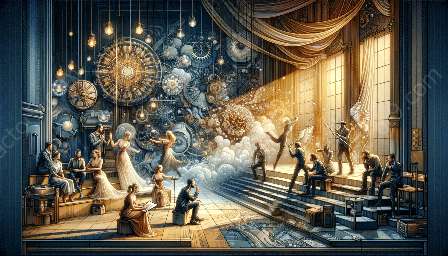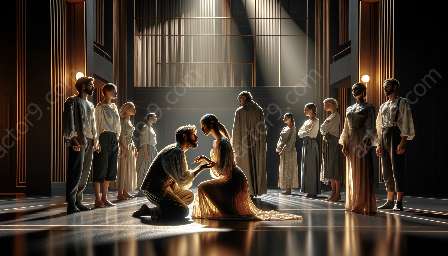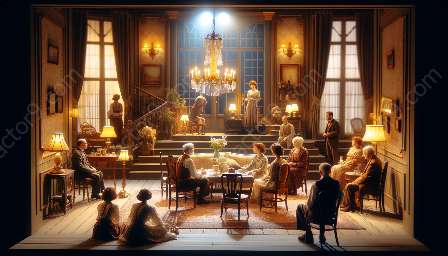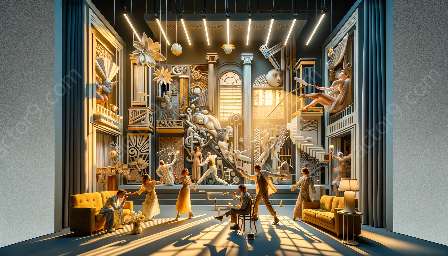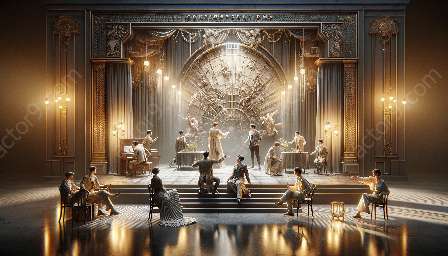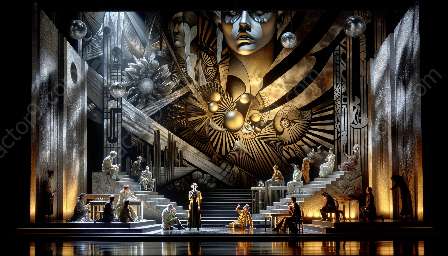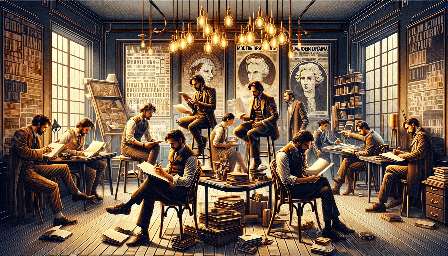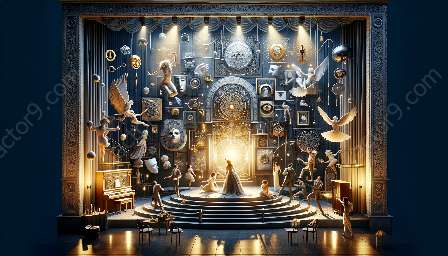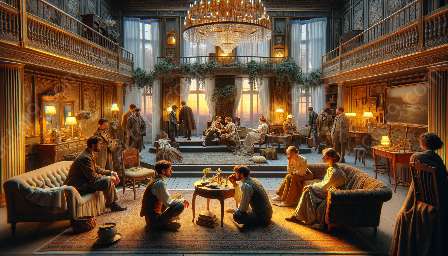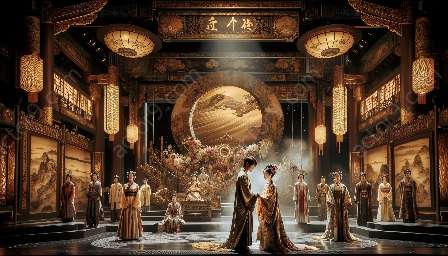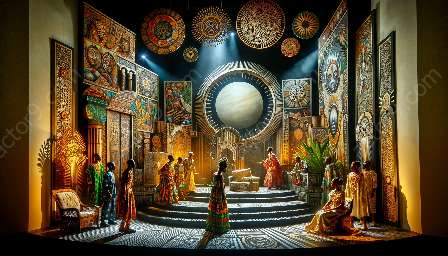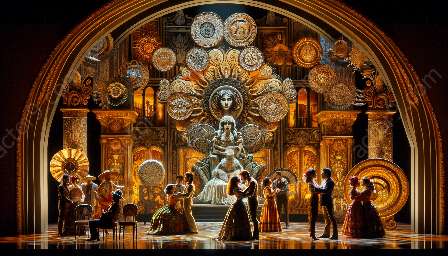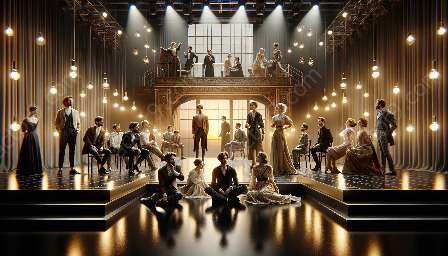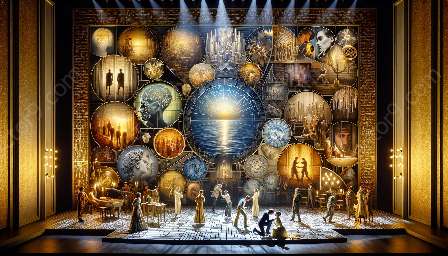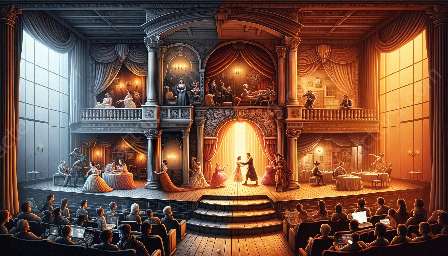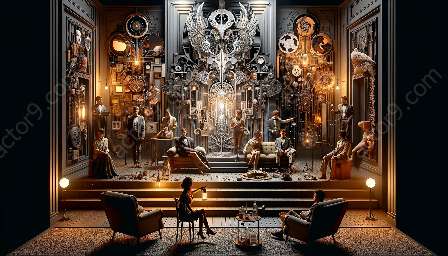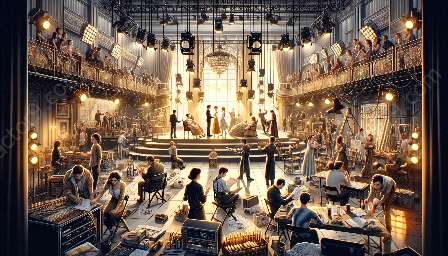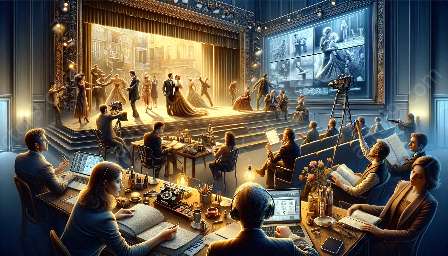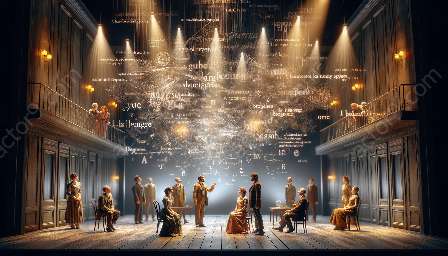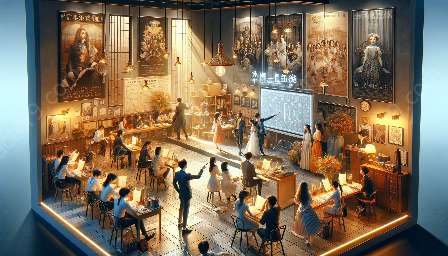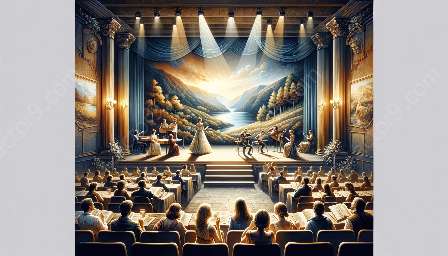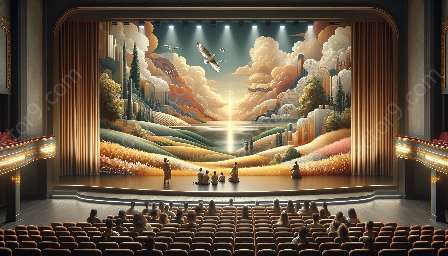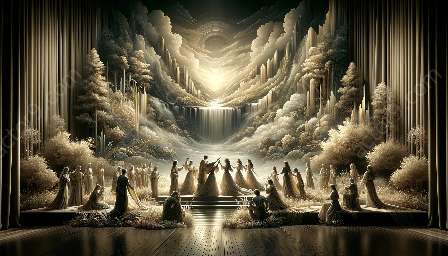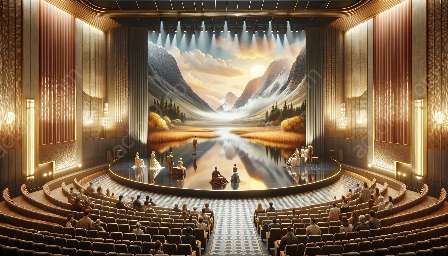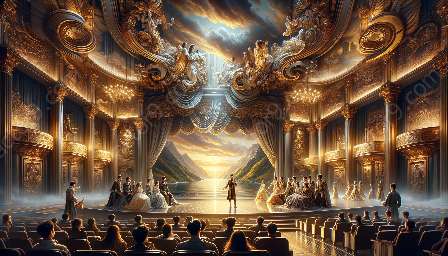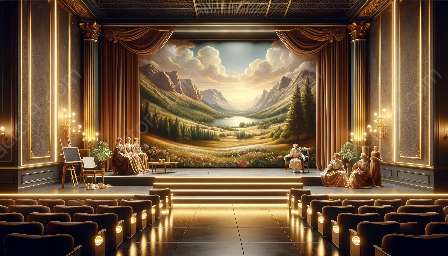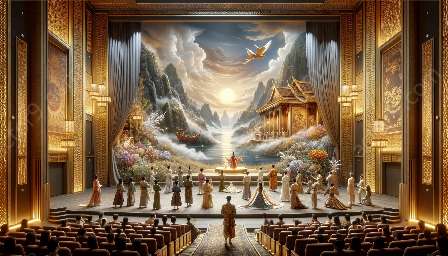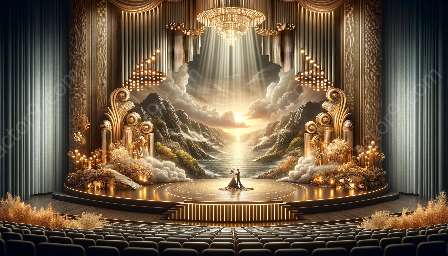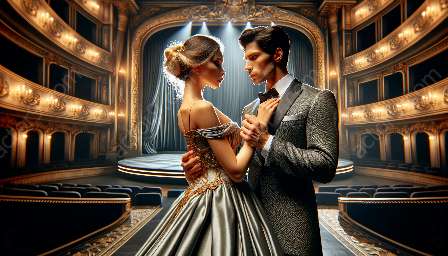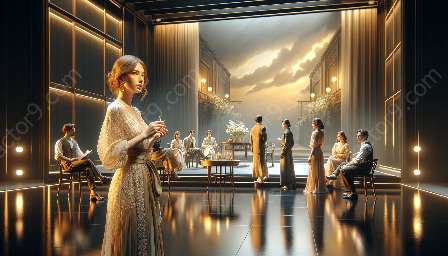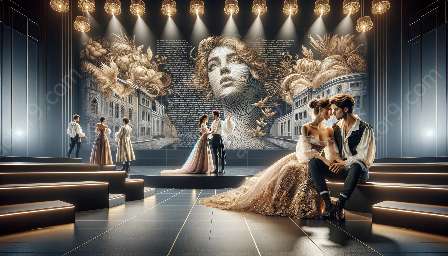The adaptation of traditional theater spaces to modern acting styles is a dynamic process that incorporates various elements of modern acting methods and contemporary dramatic approaches. This transformation encompasses both the physical design of theater spaces and the techniques employed by actors to engage audiences in innovative ways. Through this adaptation, traditional theaters evolve to accommodate the demands of modern drama, enabling the expression of diverse narratives and the exploration of unconventional performance styles.
Understanding Traditional Theater Spaces
Traditional theater spaces have a rich history, often characterized by proscenium stages, fixed seating arrangements, and hierarchical audience-performer relations. These spaces reflect the production and performance conventions of the past, emphasizing a clear distinction between the actors and the audience. The architectural design and historical context of these traditional theaters influence the dynamics of the performance and audience experience.
Modern Acting Styles and Techniques
The advent of modern acting styles has challenged conventional approaches to performance, encouraging actors to explore diverse methods of expression and engagement. Contemporary acting techniques prioritize authenticity, emotional depth, and connection with the audience, often blurring the boundaries between performer and spectator. Actors are encouraged to embrace vulnerability, physicality, and improvisation, thereby reshaping the traditional dynamics of theatrical presentation.
Compatibility with Modern Drama
The adaptation of traditional theater spaces to modern acting styles is closely intertwined with the evolution of modern drama. Contemporary playwrights and directors seek to dismantle traditional constraints, addressing relevant social issues and experimenting with non-linear narratives. This shift in dramatic storytelling resonates with modern acting styles, as performers navigate complex characters and unconventional stage dynamics within adapted theater spaces.
Exploring the Impact
The adaptation of traditional theater spaces to modern acting styles has profound effects on both the performers and the audience. Actors are empowered to engage with their characters and surroundings in new ways, utilizing the flexibility of modern theater spaces to enhance their performances. Simultaneously, audiences experience immersive and participatory encounters, breaking away from passive observation to become integral components of the theatrical experience.
This transformation fosters a symbiotic relationship between the performers and the audience, challenging preconceived notions of traditional spectatorship and enriching the emotional resonance of the dramatic narrative.
Conclusion
The adaptation of traditional theater spaces to modern acting styles is a vibrant process that aligns heritage with innovation. This intersection allows for the preservation of historical significance while embracing the transformative nature of modern performance art. The compatibility of these adapted spaces with methods of modern acting and modern drama creates a dynamic platform for creative expression, inviting performers and audiences to collaborate in redefining the boundaries of theatrical experience.


